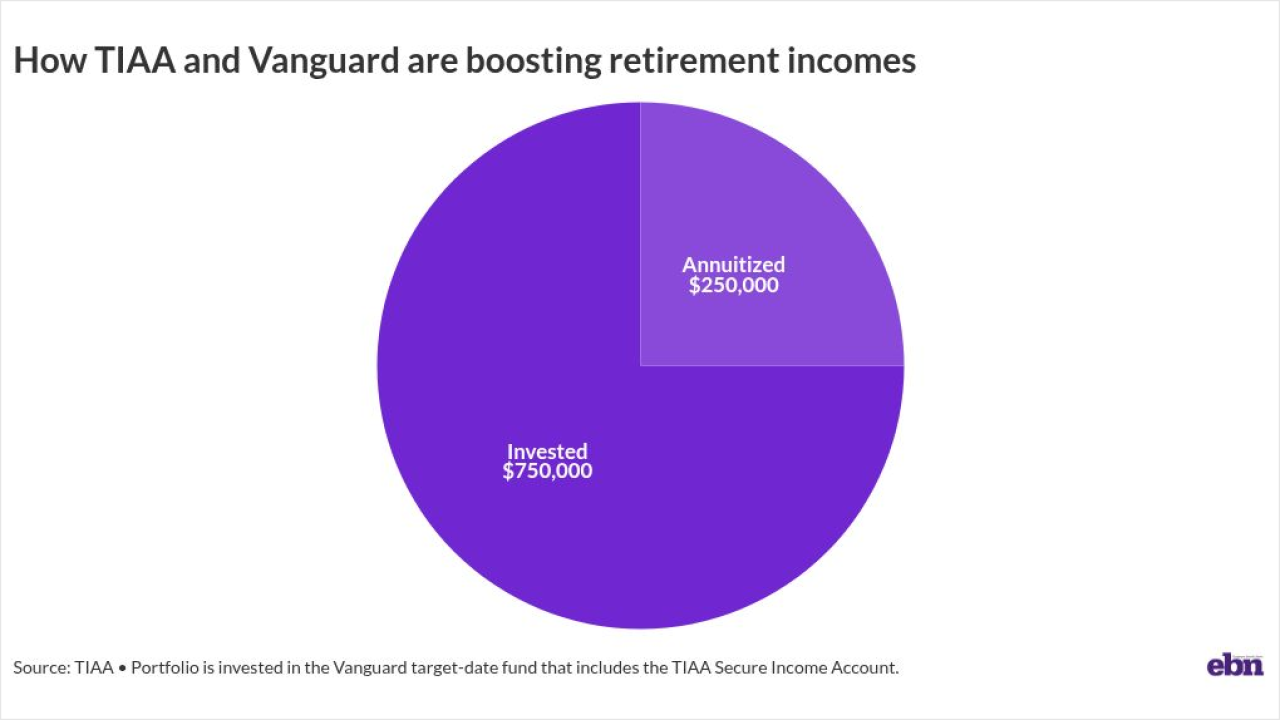H&M will offer six weeks of paid parental leave to eligible part-time employees beginning in January, the retailer said this week.
That policy has been in effect for the company’s full-time employees since last year, but starting in the new year, all of the company’s 18,000 employees — including part-timers — who meet the requirements of one year of employment and 1,250 hours worked can receive the six weeks of parental leave.
The move extends its leave policy significantly as the majority of H&M’s employees — 10,000 people — are part-time workers.
The fashion retailer joins a growing trend as companies expand leave benefits to part-time workers in an effort to retain and attract talent in a hot job market with an unemployment rate of just 3.7%.
“U.S. organizations are not required to provide paid leave to part-time workers, but many do for several reasons: to retain high-performing workers, attract high-quality applicants, build worker loyalty and provide work-life balance,” says Julie Stich of the International Foundation of Employee Benefit Plans, a nonpartisan group that counts more than 8,200 organizations and 32,000 individuals as members.

“As the workforce shifts toward more flexible work options and away from the traditional 40-hour week, it’s becoming increasingly more important to establish benefit policies for part-time workers,” Stich says.
H&M is hoping the new benefit will be a differentiator in a retail market that is struggling to hold on to talent in a hot job market. Data from the Bureau of Labor Statistics indicates that only 7% of retail workers had access to paid family leave in 2017.
“These benefits aim to create a positive impact and further ensure that H&M puts its employees first, aligning with our strong belief in people,” says Martino Pessina, president of H&M North America. “We want to offer opportunities for our employees that will put a focus on both their professional and personal needs.”
She adds that H&M also offers it part-time employees an array of benefits including medical, vision, vacation time, 401(k), pet insurance and a paid day off on employees’ birthdays.
In general, paid parental leave is becoming a more popular benefit among employers as they work to attract millennial workers. The number of employers offering paid maternity leave increased from 26% in 2016 to 35% in 2018 and paid paternity leave increased from 21% to 29% over the same period, according to the
A handful of companies, including
“It’s turning into a candidate-driven market, so employers are offering incredibly competitive benefits,” Trent Burner, SHRM’s vice president of research, told EBN in June. “Employees, particularly millennials, are calling out for unique benefits that help with work-life balance, and more employers are listening by increasing their paid parental leave programs.”





